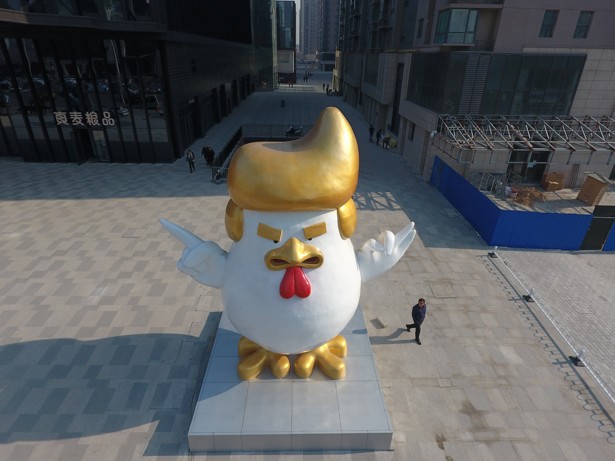Source Link
Jaideep A Prabhu
 Vivek Prahladan’s The Nation Declassified should be on the reading list of anyone with a serious interest in Indian foreign policy during the Cold War.
Vivek Prahladan’s The Nation Declassified should be on the reading list of anyone with a serious interest in Indian foreign policy during the Cold War.
Prahladan, Vivek. The Nation Declassified: India and the Cold War World. New Delhi: Har Anand Publications, 2016. 567 pp.
Diplomatic historians have long complained of the difficulties of doing research on the modern Indian republic due to the lack of proper archival procedures. The Indian government exhibits a strong allergy to the systematic declassification of its files, and oral history has its own pitfalls -- difficult access, passage of time and subjection to the vagaries of memory. Vivek Prahladan, however, has cobbled together disparate sources -- interviews, private papers of Indian bureaucrats, foreign archives and, most importantly, a stash of recently-declassified Indian documents -- to produce an explosive reinterpretation of Indian foreign policy during the Cold War.
The Nation Declassified begins in 1962, a pivotal moment in Indian history. The humiliation of defeat in the Sino-Indian War birthed, according to Prahladan, a realist strain of Indian foreign policy. In his final days, Jawaharlal Nehru tilted drastically towards the United States and initiated a massive expansion of Indian defence. The size of the military was increased, international vendors were approached for armaments, and impetus was given to dual-use technological development. As a result, we see a close parallel in the development of India's nuclear weapons programme and its civilian energy sector, between its missile project and its extra-terrestrial ambitions. Undergirding this was allocation of monies to supporting industries such as electronics.
Prahladan touches on the major events in Indian Cold War history to reframe them in the light of his discoveries. This includes the development of the Indian Air Force, the nuclear programme, the Third India-Pakistan War of 1971 and the balance of power in Asia after the Sino-American rapprochement. In this last section is even an interesting bit about how much Indian intelligence knew about the Pakistani nuclear weapons programme. Each chapter starts from the Indian Stunde Null, 1962, and describes the evolution of policy until 1983-84. However, the longest chapter, the one on the Indian nuclear programme, extends until the Pokhran II nuclear tests in 1998. This allows the author to show the continuity of policy from the late 1960s and early 1970s, culminating in many of the overt decisions after the Buddha laughed.
Prahladan's work weaves an interesting narrative of India's relations with the superpowers. Contrary to the popular, simplistic notion that Nehru was a Soviet "stooge", Prahladan shows the prime minister swing wildly towards the United States during the hostilities with China but gradually recentre the country before it drifts towards the Soviet Union under his successors.

















